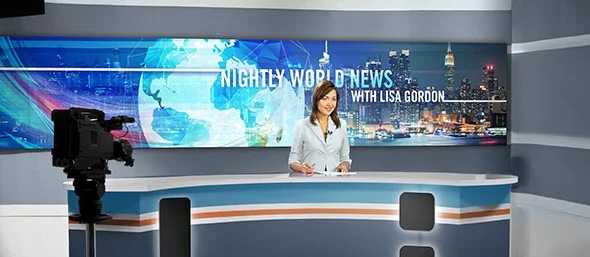It is the 23rd of December and all over the US, holiday shoppers are out buying last minute gifts. It reminds me again of the pervasiveness of procrastination.
I recently watched Ted Urban’s TED talk on procrastination (and highly recommend it). He describes that master procrastinators have in their brain a “rational decision maker” who would make logical time management decisions if it wasn’t for his pesky shipmate the “instant gratification monkey.” The Monkey finds endless distractions and is only frightened by one thing: the “panic monster.” The monster that reminds of looming deadlines or the impact of poor performance. His description of procrastination sounds like laziness, lame excuse making, or even attention deficit disorder. He ends his talk recounting the misery that is caused by procrastination, in his own life and that in people that he encounters around the shared topic of procrastination.
And this negative view of procrastination is as prevalent as procrastination. We say “Now or Never” or “Time is Money.” Even the prolific Ben Franklin is said to have penned the popular proverb “Do not put off until tomorrow what you can do today.” Practical advice from an over-achiever, we think. We idolize those who save, plan ahead, and are prepared. We fear missing out or missing the train with slow decision making. There is a general view that people who are operating at higher levels of performance or efficiency avoid procrastinating. I have been taught in my personal and professional life that making fast decisions (and course correcting, if necessary) is infinitely better than acting slowly.
But, is that true?
Is procrastination a vice or is it a virtue?
Here are three reasons why procrastination could be the best approach.
1. Tomorrow you will be smarter than you are today
Whether through more life experience, through the solicited advice of others, or with the revealing of new facts and information related to the decision, it is safe to assume that you will know more tomorrow than you do today and that might lead to a better decision. Of course, we can get stuck in the cleverly titled “analysis paralysis” loop where we never make a decision, but perhaps that is a risk you take when trying to be as prepared as possible to make the right decision.
2. Tomorrow new options exist
When I see holiday shoppers out on Christmas Eve (and I see them because, well, I am often with them), I wonder why they procrastinated. They could be horrible at keeping secrets or perhaps they have been extremely busy. Or, they could have been waiting until payday or until a particular item they wanted was on sale. In other words, the options they would have had yesterday are not the same or as favorable as the ones they will have tomorrow. Tomorrow they will have money to spend and their dollars go further. Sometimes making decisions too early, like shopping ahead, can actually lead to worse decisions. In business, the new options available tomorrow might be access to capital, people to work on projects that are currently occupied elsewhere, or even the mind space to explore more creative alternatives that might not exist today. Waiting until tomorrow keeps your options open.
3. Tomorrow you can implement better
Even if the direction you are heading or the decision you intend to make doesn’t change from day to day, the extra time might allow you to get more people involved or on-board with the decision. You can take time to solicit more feedback (see #1), and that has advantages beyond just getting more information. It can get key stakeholders aligned with the plan and committed to implement it. Not only that, fast decision makers rely heavily on mid-stream course correction to respond to new information or feedback. This can lead to rework, the need to communicate new directions, the whiplash that can happen in the organization of changing directions or priorities, and can lead to waste. “Haste makes waste” is often forgotten in the wake of our desire to move forward.
Overall, I am impatient when it comes to making decisions. I would rather decide, communicate a decision, and wring out the ambiguity in the organization (and risk acting hastily) than risk missing an opportunity or the productivity hits that come from delaying decisions. It requires a great deal of discipline for me to wait.
But sometimes waiting is best. Sometimes instead of making excuses to justify why we didn’t take action, we should coin some new proverbs like “tomorrow is option-filled” or “I will be smarter tomorrow” and stop making excuses. Sometimes procrastination is wise.
Or perhaps I am just trying to justify the fact that I waited until right before the holiday to publish my monthly article for LinkedIn Pulse?
Have a warm and wonderful holiday season and as you think about setting goals for the new year, I hope you give yourself permission to procrastinate.
This article was originally posted on LinkedIn Pulse.







































